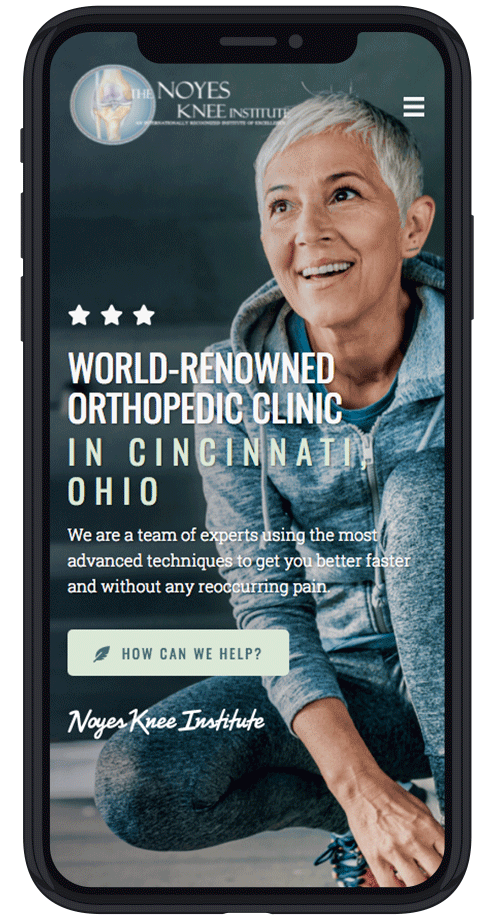Published On
Category
High School Football Players and ACL Tears: Avoiding Serious Damage
Football is an intense sport that may injure players who don’t take the time to condition themselves properly. ACL tears are one of the most serious of these injuries. Parents of football players need to know how to avoid these problems and how surgery can help. Dr. Noyes has published extensive papers and developed techniques for ACL surgery with success rates that are among the highest reported in the USA. The entire Knee Team is known nationally for their dedication to athletes and parents in treating ACL injuries.
Football Increases a Person’s Chance of ACL Injuries
While high school football is not as intense as college or professional sports, players can still experience plenty of injuries. For example, a study entitled “A Multisport Epidemiologic Comparison of Anterior Cruciate Ligament Injuries in High School Athletics” found that football players were at the highest risk of severe ACL injuries.
The study found that the ACL injury rate for football players was about 11.1 percent. That high rate indicates that one out of every 10 players on a football field will experience an ACL injury. And, unfortunately, these severe injuries could put a stop to a player’s promising career and even keep them out of college ball.
ACL Injuries Greatly Impact a Player’s Future Success
Players with torn ACL tendons often struggle to remain competitive, as reported in the study “ACL Injuries in Men’s Professional Football.” In this 15-year study, only 65 percent of players with an injured ACL played at their top level three years after the initial injury. Even worse, they may be off the field for an extended time during significant skill development periods.
Unfortunately, these injuries may come at the worst time for a promising player’s career if a college scout shows up to a post-ACL injury game. The player – whom they had heard so much about in scouting reports – may be unable to perform or will play at a lower level than anticipated. The player may then miss out on his chance to get scholarships and may struggle to get a high-quality education.
Prevention Helps Manage Many Issues
Parents of high school players concerned about ACL injuries can implement prevention techniques into their child’s exercise routines. Consider a variety of warm-up exercises every time a player competes, such as light jogging and various forms of stretches. Players should work their thighs, calves, hips, and knee.
Working on the ACL in this way not only naturally increases its strength but may even help improve a football player’s intensity when on the field. These benefits may make the player even more attractive as a recruiting option for colleges. But what happens when a player takes these preventative measures and still gets injured?
Surgery May Be Necessary
Some ACL injuries may naturally heal over time, but severe tears require surgery to fix. A typical ACL surgery requires a small graft of tissue from other tendons in the body. Once the graft is transplanted, the football player needs to stay off their feet and likely will have a leg brace and crutches for an extended period. Most injured players will be out of the game for the rest of the season.
During this time, the football player can stay active by attending practices and games and helping players with preparation and with injury management. Players who remain active on the field showcase their diversity of skills. Just as importantly, players stay focused on the game and learn more about plays in a way that may be attractive to a college scout.
Help Is Available for ACL Tears
The severity of ACL tears on a football player’s career means that these injuries must be taken as seriously as possible. Prevention is a great way to start, but high-quality care and treatment may be necessary in many cases. So please don’t hesitate to contact Noyes Knee Institute right away to learn in-depth prevention methods or to get surgical help for a torn ACL.

